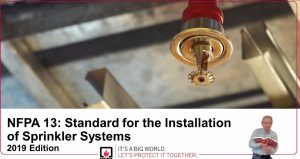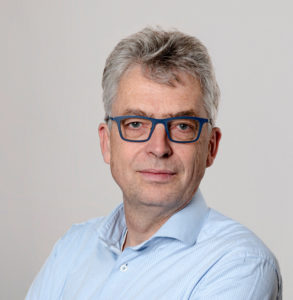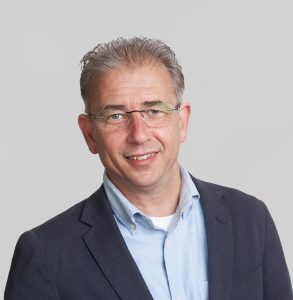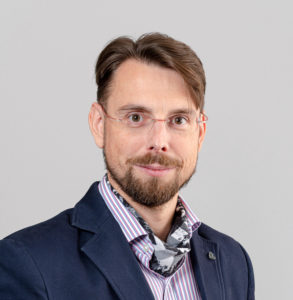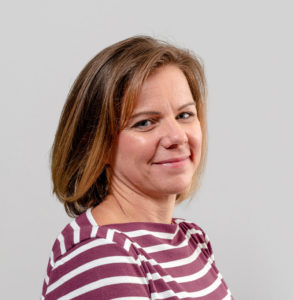Green screen, digital whiteboard and plenty of interaction
11 May 2021
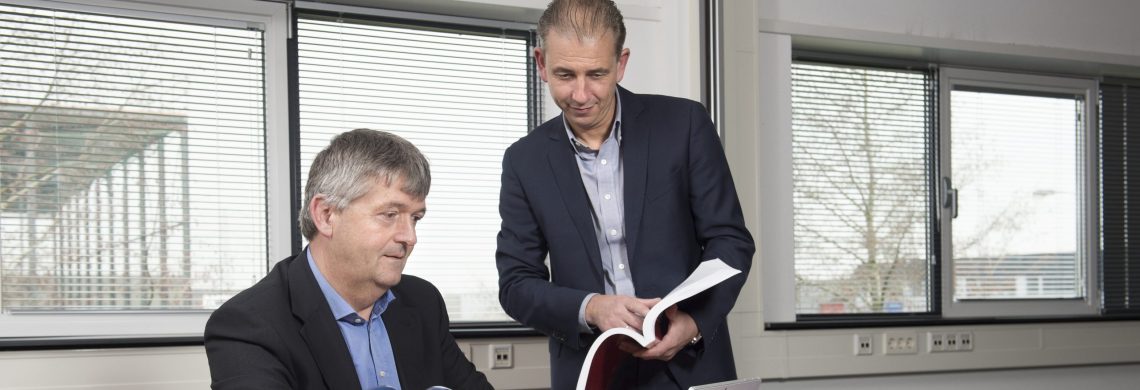
Previously, NFPA seminars presented by expert Tom de Nooij were always given on-location, from South Africa to Dubai. Corona, however, has now transformed these seminars into webinars. The webinar format developed by Riskonet is so informative and interactive that it’s become very doubtful that we will ever return to face-to-face training.
NFPA training courses have become almost synonymous with the name Tom de Nooij. At the beginning of the corona crisis last year, the Riskonet expert and official NFPA trainer was quick to realise that travel restrictions and the traditional way of presenting seminars were incompatible. “We quickly switched to Zoom meetings, in which, from here in the Netherlands, I would guide a group of participants in another country through a training programme. But while the participants in this online training method always managed to obtain the official NFPA certificate, Zoom did have its limitations. Students had to watch two screens for hours at a time: one screen with me as a teacher and a PowerPoint presentation on the other one.”
More professional approach
Clearly, it was time for us to tackle things more professionally. “We brought in video and audio specialists to help us find the right hardware and software solutions to turn online meetings into truly interactive events. My office, meanwhile, was converted into a studio and, before long, I was standing in front of a green screen, illuminated by professional studio lights, equipped with a wireless microphone, and giving what was basically an educational show. It quickly morphed into real training, with an audience that could really participate and learn interactively.”
"Long live the green screen, wireless mics and the digital whiteboard!"
Digital theatre
The new setup now enables Tom de Nooij to make real contact with his students in Zoom sessions. “In effect, the green screen puts me at the centre of my own presentation. I can walk back and forth, point to things and I am able to place more emphasis on non-verbal aspects, such as surprise, curiosity and encouragement. Being able to also use body language makes it easier to communicate with the participants and stimulate their participation.”
Digital whiteboard
In the new setup, the traditional white “blackboard” used in regular training courses has made way for a digital whiteboard. “When I start outlining a situation, participants are free to remotely co-create or collaborate on a particular sketch. I can really involve students in the training programme and they can interrupt, add things or ask questions to their heart’s content.” Thanks to the technologies that are used, participants’ involvement is much more intense than ever seemed possible in regular classrooms, he explains. Moreover, they can follow NFPA seminars from their own homes or office environment; they no longer need to physically come to a central location themselves.
Less time and money
There are even more advantages, insists De Nooij. For example, attending a traditional seminar often meant an employee would have to miss up to five working days, to the detriment of his or her employer. Travel and accommodation costs could also add up significantly. The webinar setup costs much less in terms of both time and money. It’s also much easier to present a webinar in separate two-day parts, with a few days or even weeks between them if necessary. Or, if it suits the participants, the webinar could be spread across five successive Mondays. He is convinced that the freedom offered by a webinar is accompanied by huge advantages. What’s more, he has every reason to suspect that its lower threshold actively stimulates enrolment and participation.
Informal chatting session
He addresses any lack of informal “follow-up” by occasionally hosting an hour’s informal chat afterwards, without an agenda. “A sort of digital chatting session, if you like, to exchange some ideas.”
De Nooij thinks the benefits of these webinars speak for themselves, rather loudly. “Post-corona, it makes me wonder whether we should want to return to traditional forms of training. Having been enthused by our approach, NFPA has already made the switch. Course material and evaluation forms have also been made available digitally. And having been furnished with the right access code, students can also take exams fully online, on a specially developed ‘learning platform’.”
Higher digital content
Hot on the heels of the seven successful NFPA webinars that Tom de Nooij has already given from the Riskonet studio, many more are now expected to follow. Development will continue, with a webinar about the NFPA-13 standard in September, for example. And there is no shortage of other ideas either. “We are thinking of developing seminars for participants in one time zone, such as in Asia for example. It might seem a bit inconvenient for me as a teacher to train people remotely across different time zones, but even if it means having to get up in the middle of the night, I’m all for it!”
NFPA
Riskonet has made somewhat of a name for itself by giving seminars on the standards of the NFPA, the US National Fire Protection Association. This organisation is a globally recognised and acknowledged authority in the area of fire prevention. NFPA norms and standards are accepted and applied almost universally.
